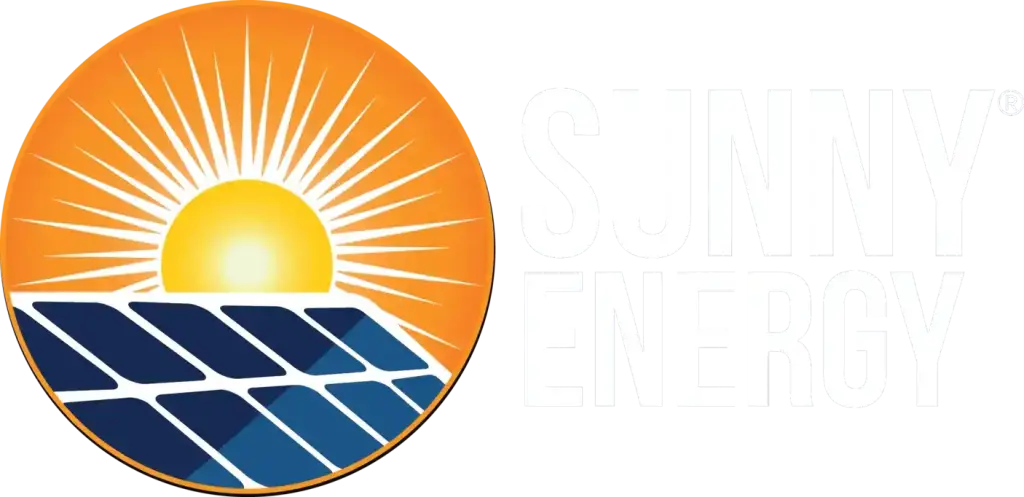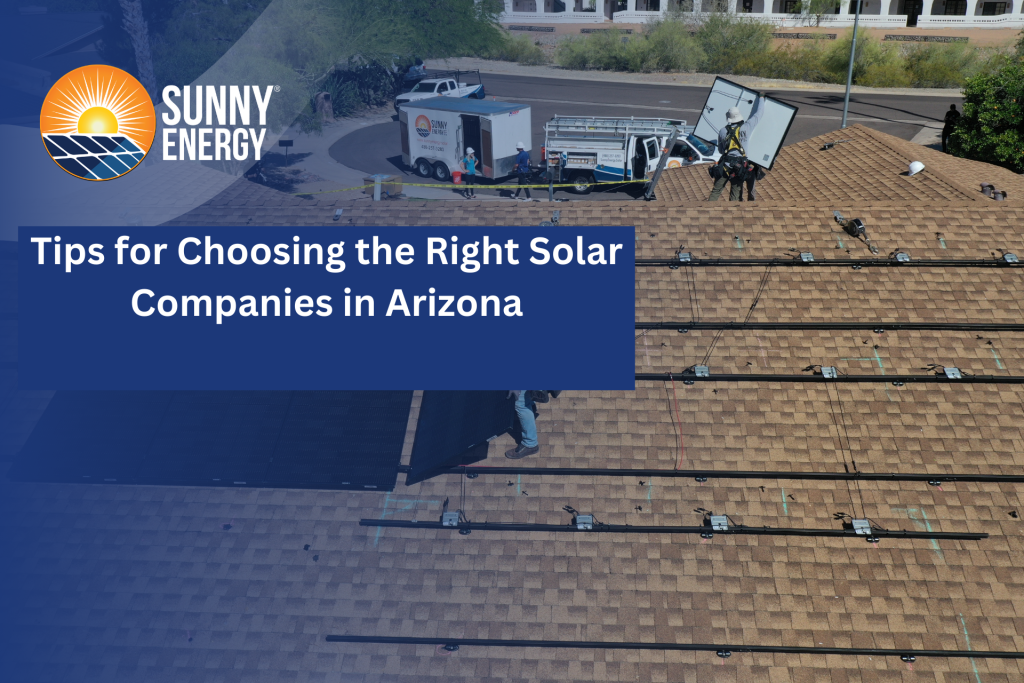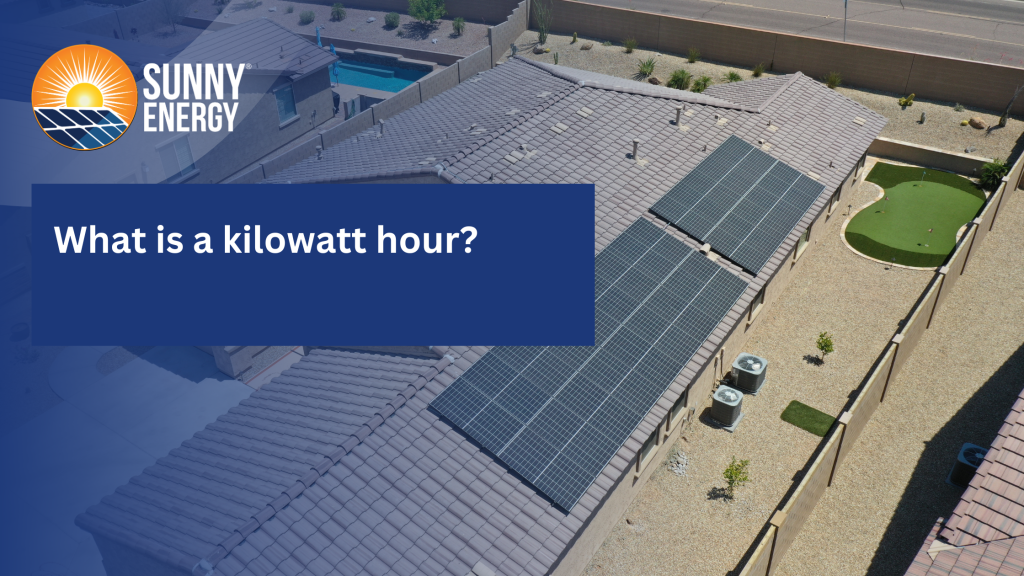In recent years, the adoption of solar energy has surged as homeowners and businesses seek sustainable and cost-effective energy solutions. One of the key advantages of solar power is the ability to sell excess energy back to the grid, a process sometimes known as net metering, and other times known as an export rate. While this can offer several benefits, there are also some considerations to keep in mind. In this blog post, we’ll explore the pros and cons to sell solar power back to the grid, the process involved in selling solar power, potential earnings from selling solar power, and whether selling solar power can lead to significant cost savings.
Challenges and considerations for selling solar power back to the grid
While selling solar power back to the grid has numerous advantages, there are also several challenges and considerations that homeowners and businesses should be aware of:
1. Interconnection process:
Connecting your solar panel system to the grid can be a complex process. It often involves obtaining permits, inspections, and approvals from your local utility company, which can be time-consuming and require additional costs.
2. Grid compatibility:
Not all electrical grids are equipped to handle large amounts of distributed energy from solar panels. In some areas, the local grid infrastructure may need upgrades to accommodate the additional energy, which can delay the process and incur extra costs.
3. Energy pricing fluctuations:
The rates at which you can sell excess solar energy back to the grid can fluctuate based on market conditions and utility company policies. This can affect the consistency of your earnings from net metering or export rates.
4. Maintenance and performance:
Ensuring that your solar panel system continues to operate efficiently and effectively requires regular maintenance. Over time, the performance of solar panels can degrade, which may reduce the amount of excess energy you can sell back to the grid.
5. Policy changes:
Net metering policies and incentives for solar energy can change due to regulatory shifts or changes in government policies. This can impact the financial viability of selling solar power back to the grid and may require ongoing monitoring of policy developments.
6. Metering and billing complications:
Managing the credits and debits from net metering can sometimes lead to billing complications. It’s important to understand how your utility company calculates and applies these credits to avoid unexpected charges on your electricity bill.
7. Market saturation:
In regions with a high penetration of solar energy, there may be periods when the supply of solar energy exceeds demand, potentially leading to lower compensation rates for excess energy sold back to the grid.
Despite these challenges, the benefits of selling solar power back to the grid often outweigh the drawbacks, making it a worthwhile consideration for many solar panel owners. Understanding and preparing for these potential issues can help ensure a smoother and more profitable experience.
Pros to sell solar power back to the grid
1. Offsetting Energy Costs:
The best way to save with solar is by reducing the amount of energy you have to buy from the grid and high utility rates. But, most people with solar do not use everything they produce, so much of it is exported to the grid. By selling solar power back to the grid, you can further offset your energy costs, potentially leading to significant savings on your electricity bills.
2. Environmental Impact:
Solar energy is a clean and renewable energy source, which reduces reliance on fossil fuels and lowers carbon emissions, helping to combat climate change.
3. Earning Potential:
In some regions, utilities offer attractive rates for excess solar energy sold to the grid, providing an additional source of income for solar panel owners.
4. Grid Stability:
By selling solar power into the grid, solar panel owners contribute to the stability and reliability of the electrical grid, especially during peak demand periods.
Cons to sell solar power back to the grid
1. Initial cost:
The upfront cost of installing solar panels can be significant, although various incentives and rebates are available to help offset these costs.
2. Dependence on grid:
To sell solar power back to the grid means you are still dependent on the grid for electricity during times when your solar panels are not generating enough power, such as at night or during periods of low sunlight.
3. Regulatory Uncertainty:
Net metering and export rate policies vary by region and are subject to change, which can impact the financial benefits of selling energy back to the grid.
4. Storage Costs:
To maximise the benefits of solar energy, you may need to invest in energy storage solutions, such as batteries, to store excess energy for use during periods of low generation.
Process of how to sell solar power back to the grid
Selling electricity back to the grid, also known as an export rate, or net metering, is a process that allows solar panel owners to generate their own electricity and earn credits for excess energy they feed back into the grid. Here’s a detailed explanation of each step involved in sell solar power:
1. Installation of solar panels:
Solar panels are installed on your property, typically on the roof or in a sunny area, to capture sunlight and convert it into electricity through the photovoltaic effect. The number and size of panels depend on your energy needs and available sunlight.
2. Export rate or net metering agreement:
Once your solar panels are installed, you enter into a export rate or net metering agreement with your utility company. This agreement outlines the terms under which you can sell excess energy back to the grid and receive credits on your electricity bill.
3. Metering system:
A bidirectional meter, also known as a net meter, is installed to measure the electricity you consume from the grid and the excess energy you feed back into the grid. This meter tracks the flow of electricity in both directions, allowing for accurate billing.
4. Credit accumulation:
When your solar panels generate more electricity than you need, the excess energy is fed back into the grid. For every kilowatt-hour (kWh) of excess energy you feed back, you earn a credit based on the retail rate of electricity. These credits accumulate over time.
- Credit utilization: During times when your solar panels are not generating enough power to meet your needs, such as at night or during cloudy weather, you can use the credits accumulated to offset your electricity consumption from the grid. This means you effectively “bank” the excess energy you generate for use when you need it most, helping to lower your overall electricity costs.
Overall, the process of selling electricity back to the grid through net metering is a beneficial arrangement for solar panel owners, as it allows them to reduce their reliance on the grid, save money on their electricity bills, and contribute to a more sustainable energy future.
Potential earnings
The potential earnings from selling solar power back to the grid depend on various factors, including the size of your solar installation, the energy rates in your area, and the net metering policies. In some cases, solar panel owners can significantly reduce or even eliminate their electricity bills and earn credits that can be applied to future bills.
The potential earnings when you sell solar power back to the grid through net metering can vary based on several key factors:
1. Size of solar installation:
The size and capacity of your solar panel system will directly impact how much excess energy you can generate and sell back to the grid. Larger systems are capable of generating more electricity and therefore have the potential for higher earnings.
- Energy rates in your area: The retail rate of electricity in your area plays a significant role in determining your potential earnings. Higher electricity rates mean that each kilowatt-hour (kWh) of excess energy you sell back to the grid is worth more, increasing your potential earnings.
- Net metering policies: Net metering policies vary by state and utility company and can impact how much you earn from selling energy back to the grid. Some policies offer a one-to-one credit for excess energy sold, while others may offer a reduced rate.
- Energy consumption patterns: Your energy consumption patterns also affect your potential earnings. If you use more electricity during peak sunlight hours when your solar panels are generating the most energy, you can offset more of your consumption with credits earned from selling excess energy back to the grid.
In some cases, solar panel owners can significantly reduce or even eliminate their electricity bills by sell solar power back to the grid. Additionally, any excess credits earned can be applied to future bills, further increasing the potential for cost savings. However, it’s important to note that the actual earnings from selling energy back to the grid can vary based on these factors, and it’s advisable to consult with a solar energy expert to get a more accurate estimate based on your specific circumstances.
Can solar panels lead to cost savings?
While the initial cost of installing solar panels can be high, they can lead to substantial cost savings over the long term. By generating your own electricity, you can reduce your dependence on the grid and protect yourself from rising electricity rates. Additionally, with net metering, you can potentially earn money by selling excess energy back to the grid, further enhancing the cost-saving benefits of solar panels. Solar panels can indeed lead to significant cost savings over the long term, despite the initial investment required. Here’s a detailed explanation of how sell solar power back to grid can result in cost savings:
1. Reduced dependence on the grid:
By generating your own electricity from solar panels, you can reduce your reliance on the grid for power. This means you’ll need to purchase less electricity from your utility, which can lead to lower electricity bills.
2. Protection from rising electricity rates:
Electricity rates tend to rise over time due to various factors such as inflation, increasing demand, and changes in energy policies. By generating your own electricity with solar panels, you can hedge against these rising rates and lock in a predictable electricity cost for the lifespan of your solar panels (typically 25 years or more).
3. Net metering earnings:
Net metering allows you to earn credits for excess electricity your solar panels generate and feed back into the grid. These credits can offset your electricity bills during times when your panels aren’t producing enough electricity to meet your needs, such as at night or during cloudy weather. In some cases, if you generate more electricity than you consume over a billing period, you may even receive a check from your utility company for the excess energy you’ve contributed to the grid.
4. Long-term investment:
While the upfront cost of installing solar panels can be substantial, they are a long-term investment that can pay off over time. Many solar panel systems come with warranties of 25 years or more, during which time you can enjoy reduced electricity bills and potentially earn money through net metering.
5. Tax credits and incentives:
In addition to the savings from reduced electricity bills and potential earnings from net metering, there are often federal, state, and local tax credits, rebates, and incentives available for installing solar panels. These incentives can further reduce the upfront cost of solar panel installation and improve the overall cost-effectiveness of solar energy.
Overall, while the initial cost of installing solar panels may seem high, the long-term cost savings and potential earnings from generating your own electricity can make solar panels a financially attractive investment for homeowners and businesses alike.
Conclusion
Selling energy back to the grid presents a valuable opportunity for solar panel owners to offset their energy costs, reduce their environmental impact, and contribute to grid stability. While upfront costs and regulatory uncertainties are considerations, the long-term benefits of solar energy, including cost savings and potential earnings, make it a compelling option for homeowners and businesses. Sunny Energy, recognized as one of the best solar companies in Arizona, is your ideal partner in this journey. As the top-rated Arizona solar company, Sunny Energy is known for its excellence in service and commitment to quality. With a team of experienced Arizona solar contractors, Sunny Energy provides expert installations and reliable service, ensuring that your solar power system meets the highest standards. When you choose Sunny Energy, you’re not just choosing a solar provider; you’re choosing one of the best solar companies in Arizona. When searching for “solar power companies near me” or “solar power companies in Arizona,” or Arizona solar contractors, Sunny Energy stands out as the best solar company in Arizona. Their dedication to customer satisfaction and reputation for excellence make them the best Arizona solar company for your solar energy needs. As one of the best Arizona solar companies, Sunny Energy is committed to providing the highest quality solar installations and exceptional customer service. In conclusion, Sunny Energy is more than just a solar provider; they are your partner in embracing clean and sustainable energy solutions. As one of the top-rated solar companies in Arizona, Sunny Energy is dedicated to helping you maximize your savings and minimize your environmental impact. Sunny Energy is a top rated solar company serving Phoenix, Tucson, and the entirety of Arizona, providing comprehensive solar solutions statewide. Choose Sunny Energy as your solar provider and join the ranks of satisfied customers who have made the switch to solar energy.




